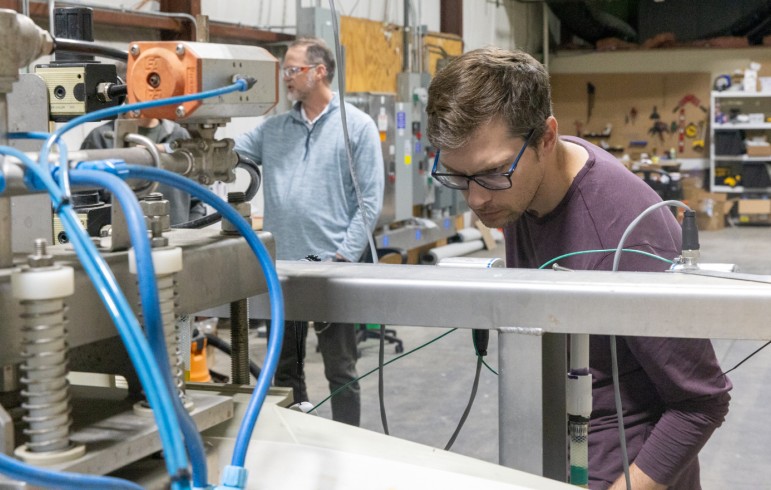When Kevin Myers needed computer software to support his biological investigations, he taught himself to code. Now he’s sharing that knowledge with others.
Avery Vilbert joined the Wisconsin Energy Institute in 2020 as a postdoc in the Donohue lab, where she is now a staff scientist studying Novosphingobium aromaticivorans, a bacterium that can eat plant waste and convert it into products used to make bioplastics, cosmetics, and other industrial commodities.
Scientists used machine learning, a type of artificial intelligence, to study how different yeasts protect themselves from harmful molecules that can limit industrial production of bioproducts like fatty acids. The study identified two key groups of genes and provides a framework for using machine learning to identify genes related to traits of interest across many species.
As the nation prepares to celebrate its birthday Friday, the U.S. Energy Information Administration has pulled together some data on how energy consumption has changed over the past 249 years.
Turning inedible plant fibers into transportation fuel has the potential to create a home-grown supply of clean and renewable energy and provide farmers with additional revenue streams without affecting food supplies.
After a year of design iterations, brainstorming sessions, and wind tunnel tests, UW-Madison’s WiscWind competition team wrapped up their year at the Collegiate Wind Competition in Boulder, Colorado. Although the team didn’t place, they walked away with something just as valuable – real-world experience in sustainable energy design and a renewed passion for innovation.
Non-food crops like switchgrass are a promising source of plant-based fuels like ethanol and isobutanol, which can be produced by microbes. But switchgrass grown during droughts has high levels of chemicals that limit how much sugar these microbes can convert to alcohol. This experiment shows that breaking down switchgrass with ammonia, water, and enzymes and then lowering the acidity of the resulting hydrolysate solution both improve fermentation and biofuel production from switchgrass, especially when grown in drought conditions.



